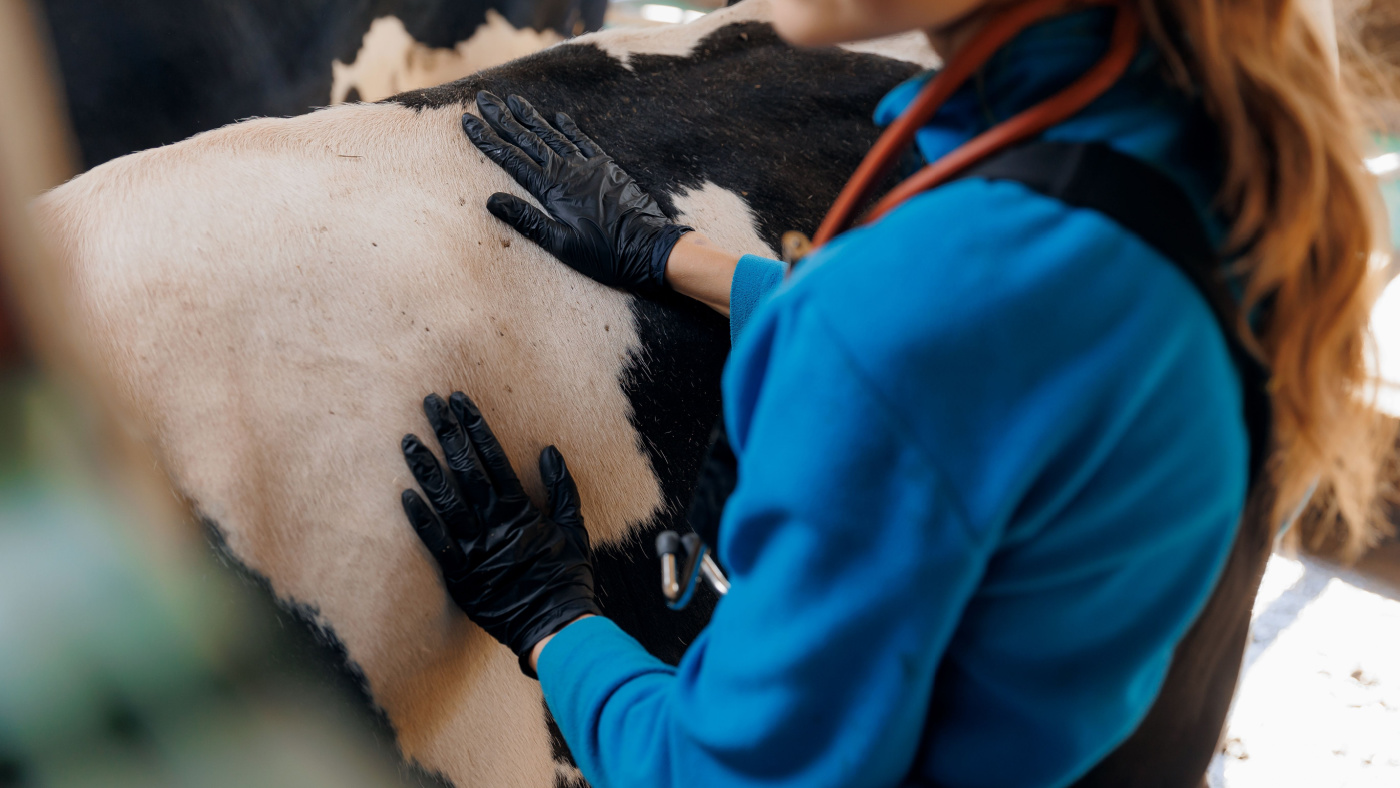When it comes to beef cattle vaccination programs, there is no cookie-cutter approach. Every operation has unique requirements based on disease pressure and individual herd goals. With many vaccine choices available, how can you ensure you have the most effective program? Dr. Brett Terhaar, beef technical consultant for Elanco Animal Health, talks about the role vaccination plays in animal health.
“Vaccines are important to give broad protection to our cow herd or calves. We know that vaccines don’t prevent exposure to infectious organisms, bacteria, or viruses. What we’re doing with the vaccine is raising the immunity of those animals so that they have some protection.”
There are different types of available vaccines.
“Modified live vaccines. Generally, viruses contain a non-pathogenic version of the virus that will not cause disease but closely mimics the pathogenic virus out there. So, the animal generally gets protection after one dose. The next class, which will be killed vaccines, they are just that. We have bacteria or viruses where we’ve grown them, and then we kill them, and we present those to the animals. Most killed vaccines almost always require two doses. That killed vaccine protection is mainly based on antibodies, not so much on cell-mediated protection. And then, there could be a combination also, which is really popular in the market. So, we could have modified live respiratory vaccine that’s in combination with a killed respiratory bacterial vaccine, for example.”
Which factors are most important when developing a vaccine program?
“Well, those would really include looking at disease history in the herd. How do you manage these animals, the type of housing, and certainly working with your local herd health veterinarian is going to really facilitate that and get a good plan put together. The type of production system you have. If you’re calving, all year round, that would affect some things that you would do versus if you are calving in a specific season, like a 60-day calving season. Those are some things that we consider when we’re looking at what type of vaccine program we’re going to put together.”
Producers should include some core vaccinations.
“One of the most common vaccines that are used by producers is the Clostridium group of vaccines, that’s made up of a combination of seven or eight Clostridial bacteria. The other two would be equally as important when we’re talking about respiratory diseases, so those would be made up of viruses like BVD and IBR. PI3, BRSV, those would be the common respiratory core viruses. Along with those, many people use a Mannheimia Haemolytica bacterial vaccine, so that would make up your very basic respiratory core. On the reproductive side is still going to include BVD and IBR. Those viruses are important on the respiratory side and reproductive.”
He talks about important best management practices.
“Well, it’s certainly important that we tailor our program to the specific herds, but really, we want to keep in mind that we use the vaccines properly. So, that would include proper storage, how we handle it, keeping the vaccine out of sunlight, keeping it cool, and following label instructions. You may see intramuscular or sub-cue. Some vaccines you can use either way, but when it says just IM, that may be that the vaccine only works that way, so you want to pay attention to that.”
To learn more about how to keep your cattle one step ahead, talk with an Elanco Animal Health representative or visit FarmAnimal.Elanco.com.


